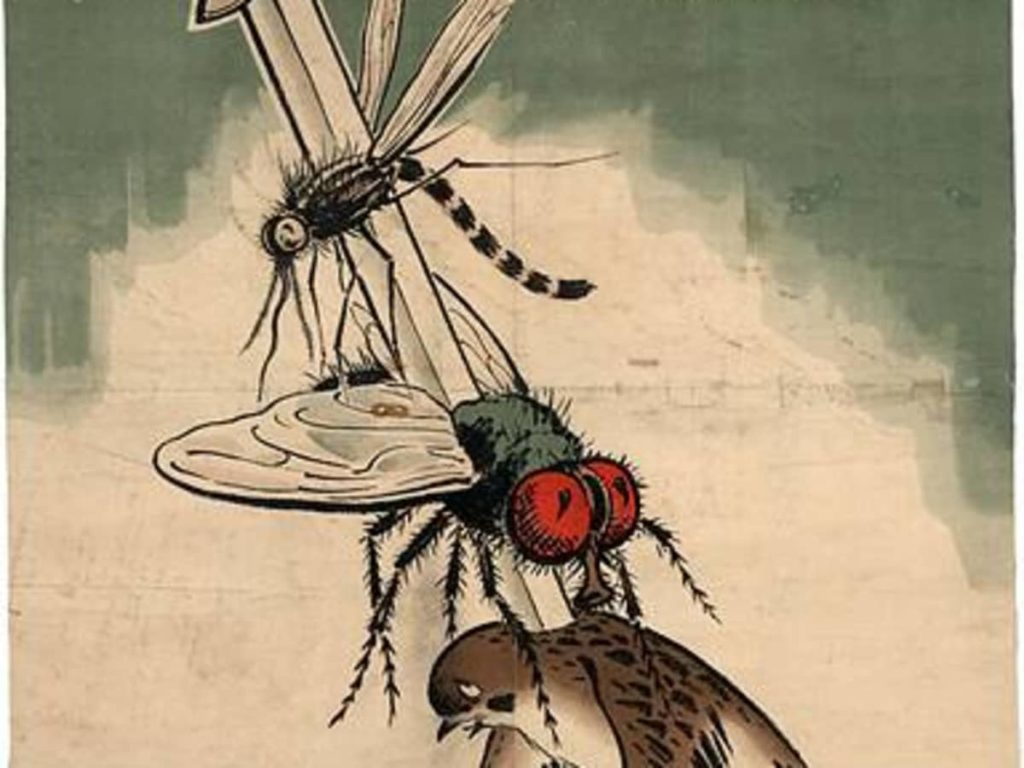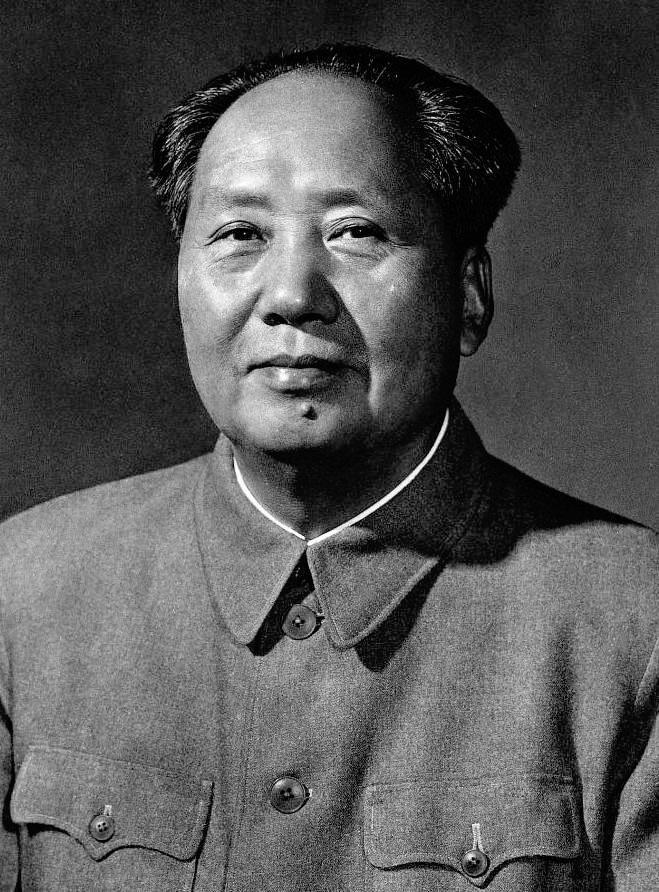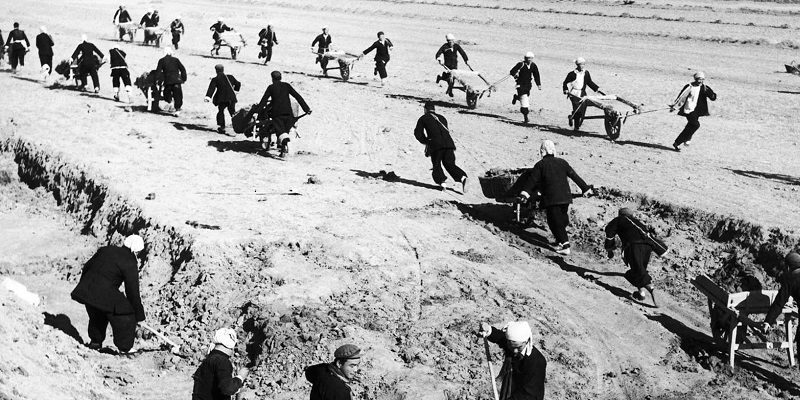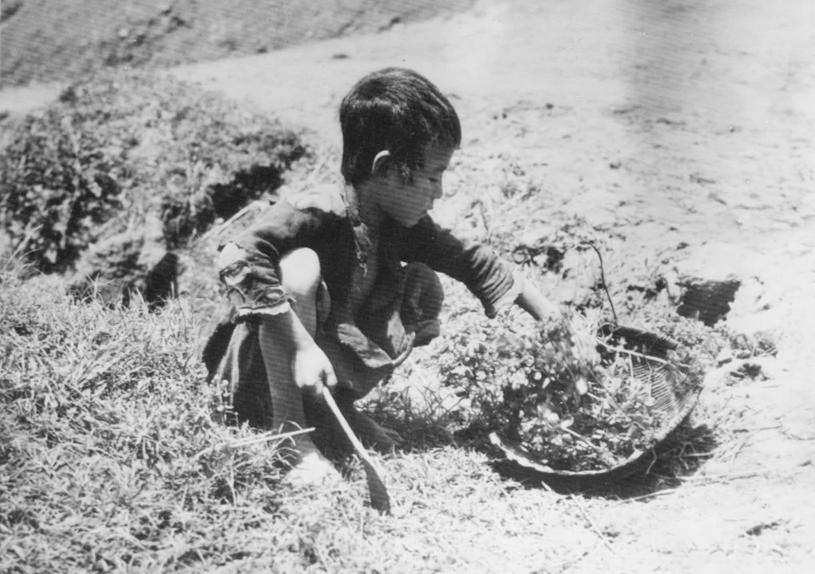Last updated on March 24th, 2024 at 05:46 am
Planet Earth is a complicated and fragile place consisting of billions of species working harmoniously to sustain life. But, like a synchronized dance among many partners, the entire performance can fall apart if even one dancer is offbeat. The same is true within all the many ecosystems found in nature.
If a single plant or animal is removed from an ecosystem, the entire balance of the natural cycle could fall apart. Even removing a seemingly insignificant animal like a sparrow could have dire ecological consequences.
Unfortunately, there have been many times throughout history when humanity did not heed this basic principle of life and faced dire consequences.

China’s Revolutionary Leader, Mao Zedong
Mao Zedong was the son of a peasant farmer and an anti-imperialist rebel from a young age. He spent most of his youth engaged in the revolution and was an early convert to Marxism and Leninism.
Mao was known for stirring rebellion among the peasants and workers in the Chinese countryside. Later, when in power, He set major urban and agricultural reforms in motion for the people of China.

In 1949, he became the first Chairman of the People’s Republic of China. Chairman Mao led China, the most populous country with decades of persistent civil unrest, into communism.
As the Head of State of the country, Mao Zedong had led his people through a half-a-century-long Communist Revolution. His goal was to lay imperialism to rest and bring forth the promised prosperity under communist rule.
The Great Leap Forward
From 1958 to 1962, the People’s Republic of China championed an initiative, The Great Leap Forward, or the Second Five Year Plan. The Chinese Communist Party brought about the economic and social campaign. The Great Leap Forward was one of two periods between 1953 and 1976 in which China’s economy shrank.
The movement’s main goals were to increase grain yields and bring industry to the countryside. During this period, restrictions were enforced on rural people through social pressure and public struggle sessions. One of the first actions taken by Chairman Mao during the Great Leap Forward was the Four Pests Campaign.
Four Pests
Four Pests was viewed as a way to stop the spread of disease by eradicating the country’s four major pestilence-causing pests. This hygiene campaign targeted mosquitoes, rodents, flies, and sparrows.
While the first three were known to spread disease, sparrows were targeted due to their suspected consumption of the country’s grain. This was inconvenient as the Chinese government was focused on increasing the production of the precious food supply.

A law was quickly passed in 1959 requiring Chinese citizens to participate in targeting sparrows.
People hit pots and pans together to prevent sparrows from resting in their nests all over the country. Nests were destroyed and any bird found was killed, forcing them out of their natural habitat, searching for safer areas.
The Polish Embassy in Beijing refused to participate in the targeting of the species, becoming a refuge for any remaining sparrows. As the birds’ defenders, the Polish refused entry into the embassy, but it did not stop the Chinese in their efforts.
After surrounding the embassy and drumming for two days, the sparrows died of exhaustion within the embassy walls. Polish personnel recounted clearing the embassy of dead sparrows with shovels.
For Chairman Mao Zedong, it seemed his Four Pest campaign was working efficiently. Mao was convinced he was saving the country four pounds of rice per sparrow annually. Instead, he created an even more devastating ecological issue for rice crops.
Sparrows worldwide are natural predators of many insects, including crop-damaging locusts. Locusts didn’t make Mao Zedong’s pest list since the sparrows consumed them along with the grain, controlling the insect population. Removing sparrows as the predator in its ecosystem would soon prove devastating for China.
The Great Famine
In one year, the Great Leap Forward wasn’t quite performing as expected, as promised alongside other prosperous social changes. Under Chairman Mao’s intense rule, much corruption and ecological devastation occurred around rice production, causing the death of 15-55 million people.
The diversion of labor from harvesting crops to steel production and construction meant crop supplies were left to rot in fields.
Extreme weather had begun affecting the entire country, with severe bouts of drought and flooding causing many hardships. The sparrows were all but extinct.

By 1960, locusts overtook rice crops, limiting the food supply and initiating a famine for the Chinese. The intricate ecosystem of China had been broken, and the consequences were far-reaching for the world’s most populous country.
The People’s Republic of China had to import 250,000 sparrows from the Soviet Union to stop the ecological disruption. After successfully importing sparrows back into the ecosystem, the sparrows were able to keep locus populations from devastating crops. The campaign against sparrows was later aimed at eradicating bed bugs.
Killing Sparrows Killed Millions
It’s incredible to think a bird weighing less than an average smartphone would be the catalyst to the most devastating famine. Yet, while Mao sought to remove the pests he viewed as insignificant, the importance of the sparrow was overlooked.
In the late 1950s, China held a population of 650 million people. Over the Great Chinese Famine, China lost more than 15 million people.
Like moving cogs in a machine, Earth’s ecosystem does not flourish without all aspects working in unison. Mankind has ignorantly fallen victim to the intricacies of mother nature many times throughout history.
Each time an ecosystem is disturbed, people are directly impacted. The lack of, or the overabundance of, any plant or animal species determines the success of its ecosystem.


Very well explained. I was unaware that sparrows were part of Mao’s terrible ideas to help grain production.